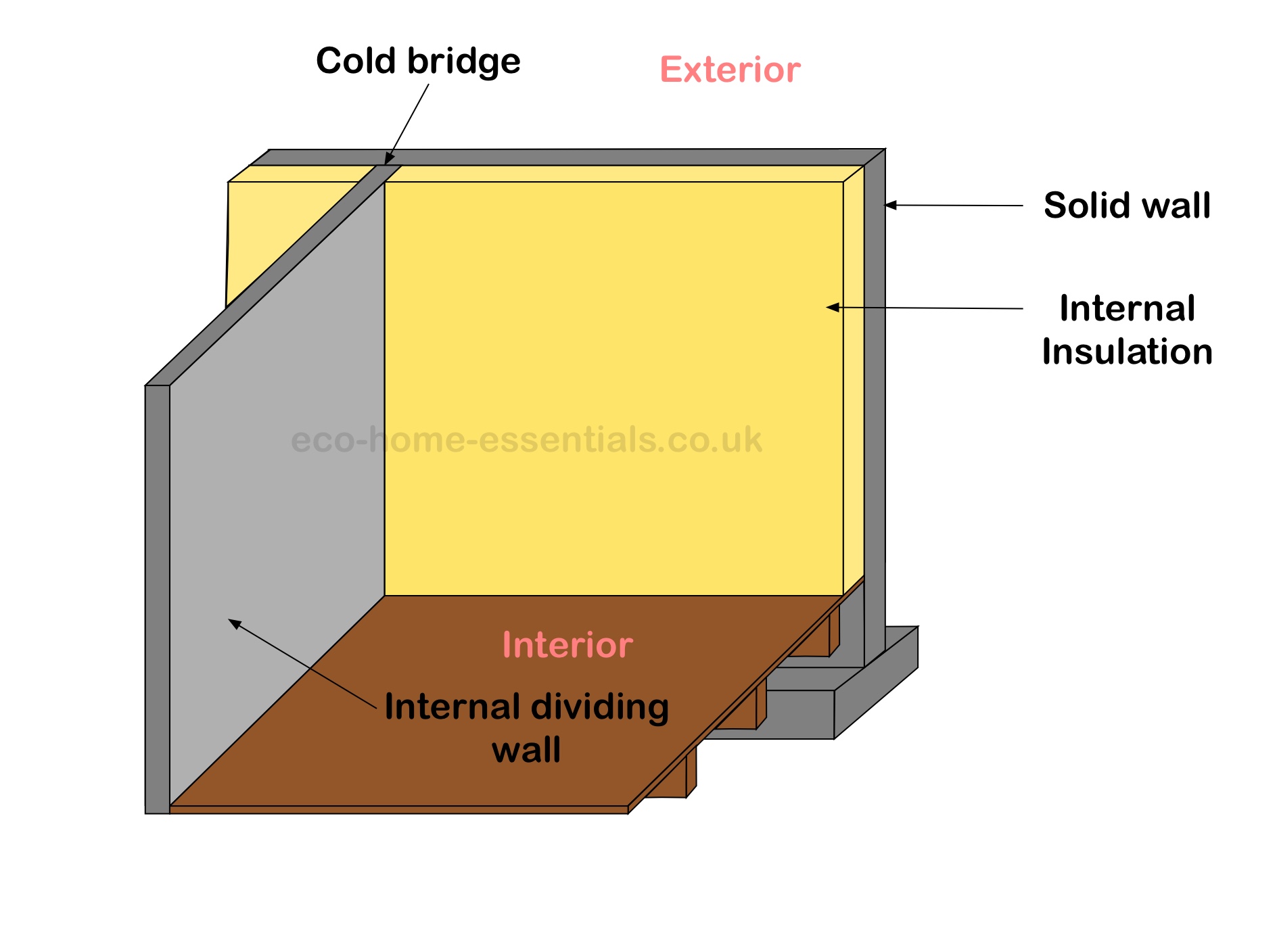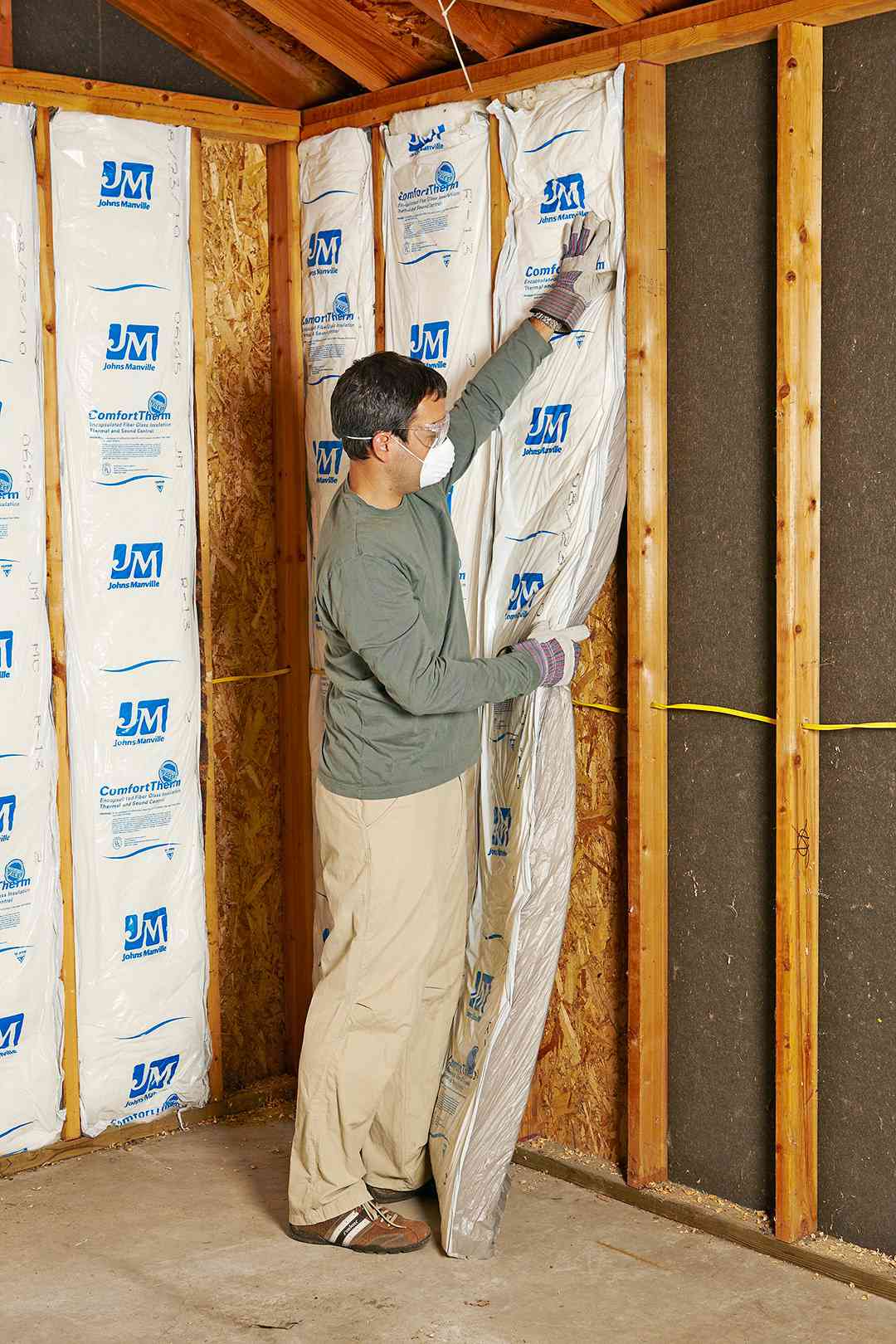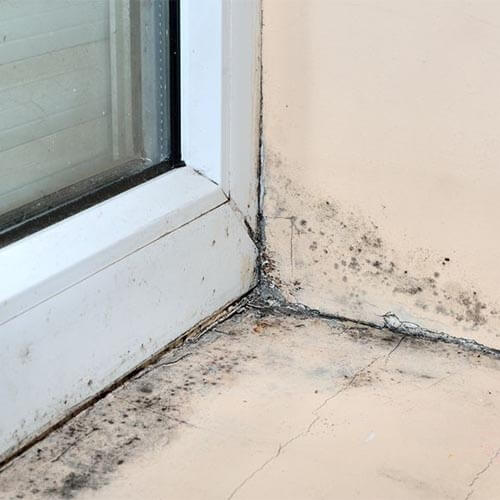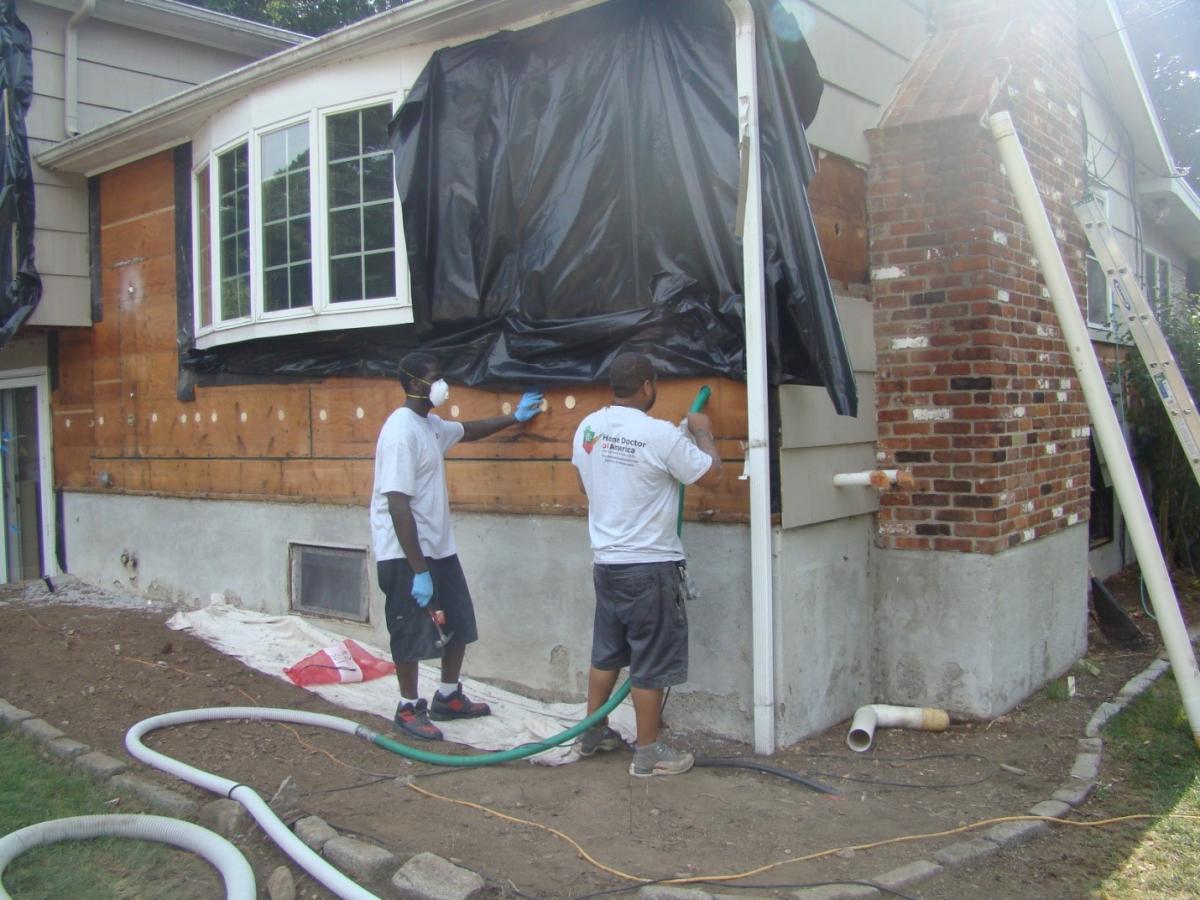Why Are My Exterior Walls So Cold
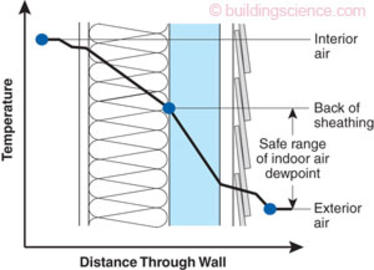
Like anything else walls are subject to heat transfer.
Why are my exterior walls so cold. Seal air leaks first before insulating. Roughly 35 of heat loss is through walls and gaps in and around windows and doors. In my house there seems to be no method to it.
Keep external walls including the pointing and the paintwork in good condition. As that warmed air leaves the interior wall cold attic air moves into the cavity to take its place resulting in more heat loss. Even more confusing the heat vents are further up on the wall - since hot air rises it seems kind of odd that theyd be at least 6 feet up on the wall.
Notice if there is drywall or plywood should be on the neighbors walls and rafterstrusses. But today your were unpleasantly greeted with the shock of the cold floor on your feet. This is particularly the case for older properties with cold external walls.
In a poorly insulated wall the warmth inside your home dissipates quickly to the outside creating a noticeably cool wall in comparison to the room. Sometimes the problem can be made worse if the outside of the house wasnt air sealed well and cold air blows into the wall and under the molding. Winterizing your home is your first defense against cold walls.
How do you stop damp on solid walls. Clear out or cut drip grooves below windowsills. See if air can travel up the wall cavity from below.
Some are exterior and some are interior. Alternatively when touching an exterior wall it should feel cold because insulation is keeping warm air inside a home. If the wall is well insulated a barrier is created that prevents the warmth from escaping to the outside and this means the wall is going to hold the warmth and feel warmer to touch.
